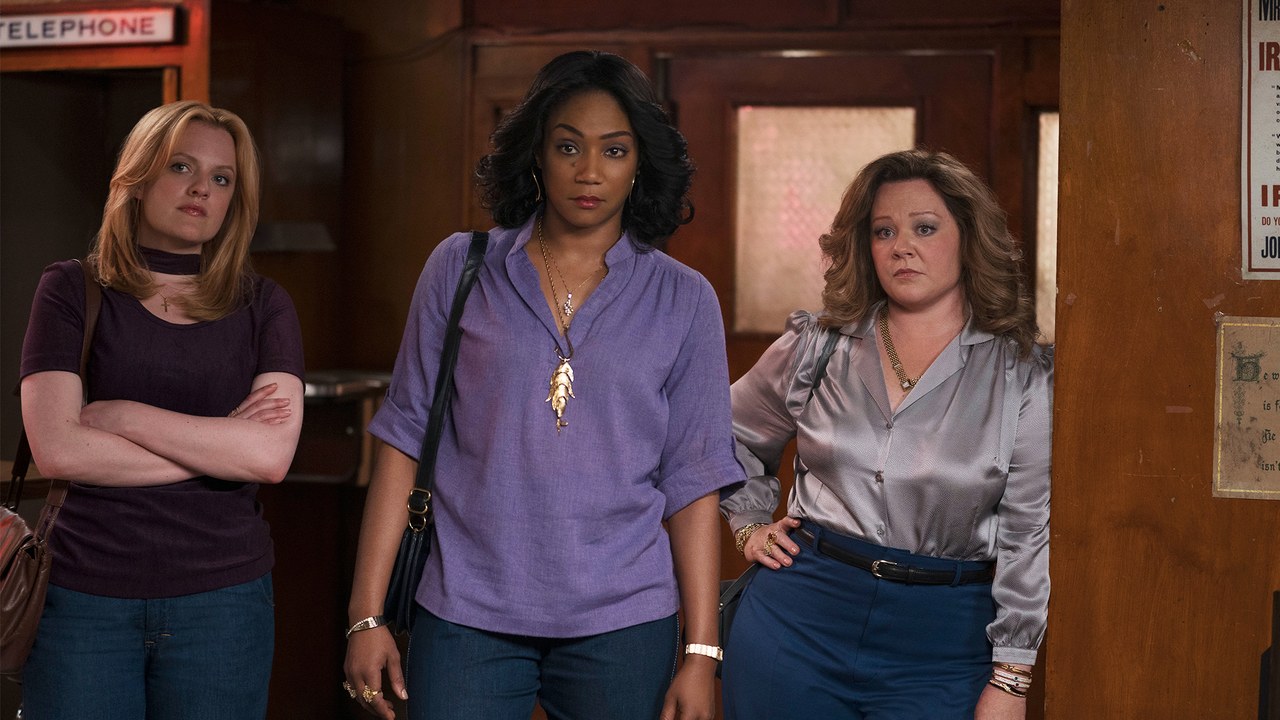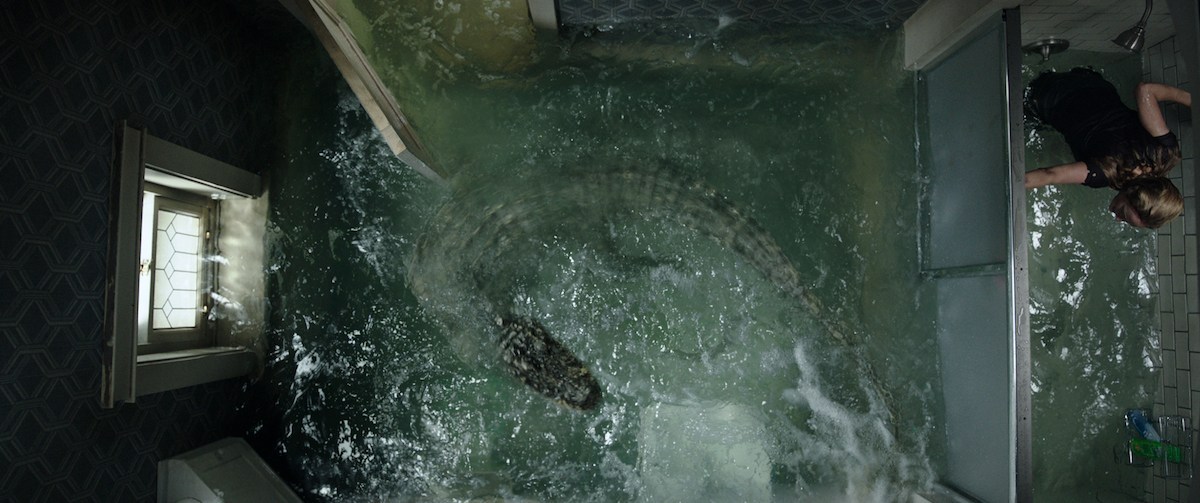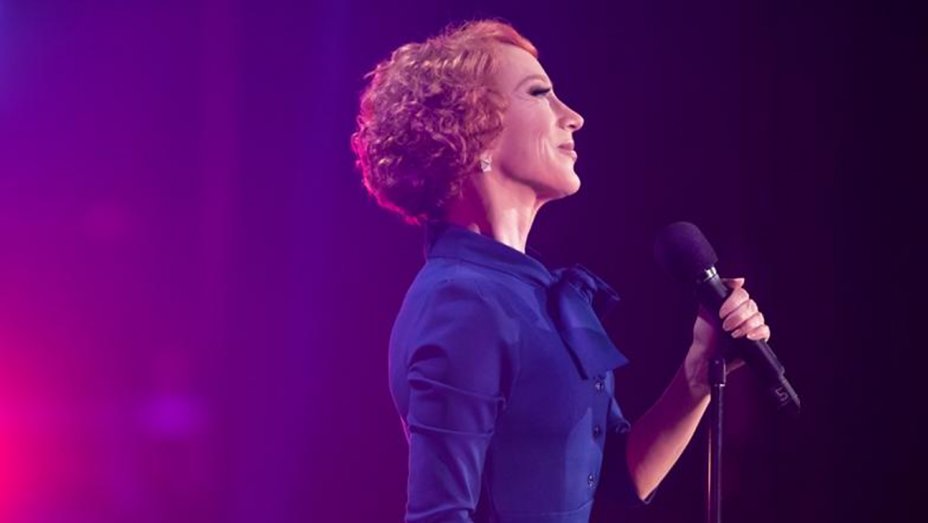LUCE
Directing: A-
Acting: A-
Writing: A-
Cinematography: A-
Editing: B+
The actors in Luce traffic in subtleties, small expressions of facial emotion largely open to wide interpretations. This is clearly by design, as its dense script, by J.C. Lee and director Julius Onah based on a play of the same name by J.C. Lee, clearly exists to challenge, in all the best ways.
That’s not to say it’s never frustrating. There were moments when I found myself wondering why the movie was clearly withholding vital information from the viewer as a tactical maneuver, but in ways that did not yet make sense. Even now I have burning questions, as to who did exactly what and when. But that is this movie’s strength, as it is just as ripe for discussion among intellectually curious friends as it is for film academics. Luce is a movie made for people to talk about it, in a way far too few movies are anymore.
Perhaps the most impressive achievement is how Lee and Onah weave both racial and international politics into the story without overtly making those things what Luce is about. The story unfolds much like a mystery, with suspicions and suspect motivations among several characters. It’s easy to imagine viewers taking the side of different characters and getting into heated arguments about it, much as did audience members of the 1994 film Oleana — itself also based on a play, in this case about either real or perceived sexual assault between a professor and a student on a college campus.
The key difference with Luce is its total lack of sensationalism, even though it is also about a conflict between a teacher and a student. Here, the school is a high school, the respective genders are reversed, and they are both black instead of white. Sexual assault, again either real or perceived, does factor into the story here as well, but as a subplot, and not between the teacher and student. Instead, Miss Wilson (Octavia Spencer, fantastic as always) interprets something the title character, Luce (Kelvin Harrison Jr., a young actor to keep a look out for), says to her as a sinister threat. On the surface, upon first hearing it, it sounds perfectly innocent and not like a threat at all. But, as the complex story unfolds, you start to think: or was it?
Miss Wilson pushes back against this perceived threat immediately and clearly, but with restraint. Her uneasiness with Luce is apparent from the moment we meet these characters, Miss Wilson introducing herself to Luce’s parents after he gives a speech at a school assembly. There are uneasy glances exchanged from the very start.
What is difficult to gauge is how much Miss Wilson’s view of Luce is colored by her knowledge that Luce was adopted out of war-torn Eritrea at the age of seven, by white parents (Naomi Watts and Tim Roth) who bring with the a whole other set of issues and, to a certain degree, sociopolitical baggage. It’s fascinating to see all three of these grownups, two of them white and one of them a black woman, navigating their own biases in individual ways.
It all starts with Miss Wilson expressing concern about the paper Luce wrote, in which he adopted the point of view of a historical figure, just as assigned, but choosing an obscure figure who argued justifications for violence. Things kind of snowball from there, with miscommunications and in some cases simply misinterpretation of tone. New information comes to light at key moments, unfolding in ways that only complicate matters more when the hope is for clarity. By the time the movie ended, I merely wondered if I had figured out what had actually been going on all along, because things are of course never what they seem. I’m still not entirely certain.
And that is also what I loved about this movie, which so thematically rich that it stays with you in a peculiar way, offering a unique experience. Luce is intensely compelling, even as it refuses to provide any easy answers. It’s a provocative exploration of the ways life is unavoidably complicated, often unfair in surprising ways, and even the smartest people can be tragic victims of circumstance. And, sometimes, who the victims even are, exactly, is open for debate. This movie would therefore best be seen with someone you can talk about it with.
Everyone wonders where the power dynamic begins and where it ends.
Overall: A-










